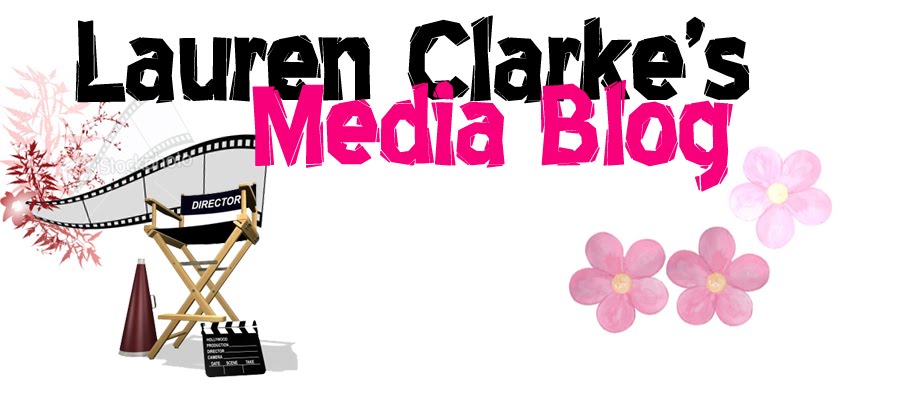Pieces Final Cut from Stefaceylauren on Vimeo.
Saturday, 26 February 2011
Wednesday, 16 February 2011
Creating the Magazine Advert
- Displaying the name of the album and centralising it at the top of the page.
- Showing an insert shot of the album cover.
- Creating a star rating section from newspapers and magazines - the use of well-known players in the media industry to promote the album, also fitting the conventions.
- A striking focus image.
- Simple yet effective layout.
- Legislation information - websites, record label logo and company.
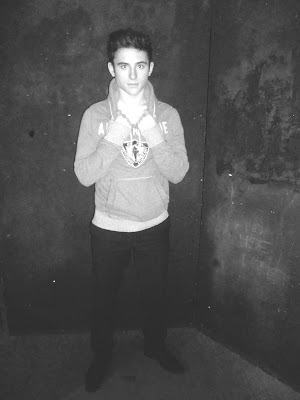

Creating The Digi-Pak
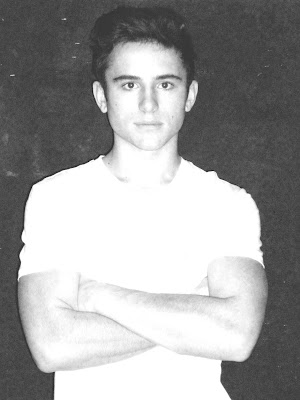
Here is our back cover to the Digipak I believe that the simplicity of the image works well as it allows room for the track names.

From research it was difficult to state which conventions each inside of the album contained as each had different. The inside sleeves I found contained: an image of the band, a list of tracks from the album, a plain colour.
However a majority contained detials about the arists record label, copywright, websites and production information.

Here we placed the CD disc cover ontop of the inside panel to see how it would look when placed inside the Digipak

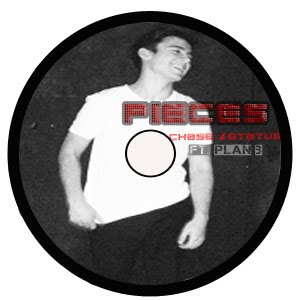
Monday, 14 February 2011
Question 4
Media technology has been vital in the research, planning and creating process of our A2 Media Coursework. During this time there has been a wide variety of digital technology available to us. This has been crucial in every stage of our work enabling us to create a professional looking project.
The Internet has played a key part in the research stages of our project and has provided us with existing music videos, using youtube, and digipaks helping us to understand theconventions of these products. This ensured that we were able to create a realistic and professional looking product. The internet also helped us to research our target audience, giving us an insight and in-depth knowledge of the music they like, their interests and hobbies. This allowed us to target our media products correctly. Without the use of the internet our final products would not have been so detailed and professional.
We used a Sony DCR-HC62 camera to film our video. The high quality camera enabled us to achieve the clear picture we wanted and needed for our video to look professional. It allowed us to film Rory putting the puzzle together and then speed up this footage whilst maintaining a smooth appearance.




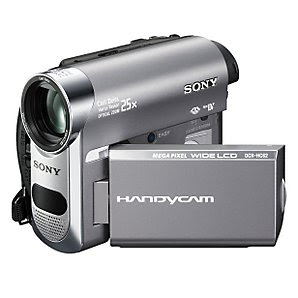
Once we had completed our filming we uploaded all of our footage into Final Cut using an Apple Mac computer. We imported our audio and then captured all of our footage and it was ready for us to drag edit and begin creating the final product. We dragged clips into the viewer and marked the sequence in and out to grab the part of the sequence we wanted. Our final video was coming together and using Final Cut we were able to watch the bits of video we had edited and placed in the timeline as we went along. Final Cut also enabled us to use transitions in our video to give different effects. We used a "cross dissolve”transition to give a smoother change between clips when needed, for example in places where the music slowed down. Another important effect Final Cut enabled us to achieve was the overlay. Using the different video layers we could merge images and effectively portray the idea of the puzzle piecing together, which showed that Rory was slowly finding out the truth. Using the modify toolbar in Final Cut we were also able to change the speed of our footage. For example by increasing the speed of Rory piecing together the puzzle we were able to convert a 5 minute clip into one that only lasted 3 seconds effectively.
Thanks to Facey who done a wicked job of editing the video and good skills in final cut!!
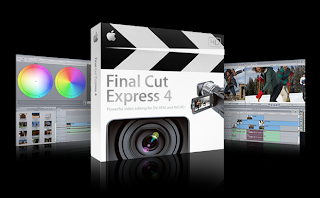
During filming, we often took my digital camera on set to take pictures for our digipack and magazine advert. The camera we used was a Panasonic LUMIX DMC-FS11 Pink Digital Camera. This is a high-resolution digital camera, which produces quality pictures and is equipped with a number of features. The use of the camera contributed to our planning stages of the digipack and magazine advert. The camera automatically detects the different lighting in which the photo is being taken and adjusts LCD brightness for optimal image viewing, which was extremely useful for the different environments in which our photos were taken for our locations.
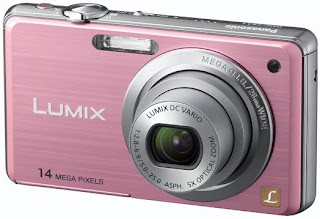
Photoshop contributed majorly, with the construction of our digipack and magazine advert. We decided that the background of the image was a perfect back-drop creating the theme of our video. To the original image we adjusted the opacities and contrast of the images.


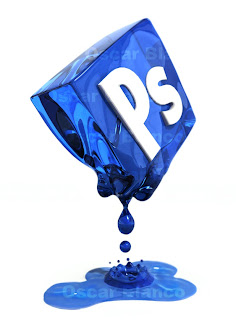

Question 3
The editing does not match the music in parts of the song
The ending needs to be more dramatic
The parts including the moving picture needs to be emphasized
Once our video was completed to its full potential we organised a meeting in our media room where we could show our music video on a big screen. We created questionnaires for them to answer and as soon as the video was shown we received loads of feedback from friends and fellow students impressed with our work.
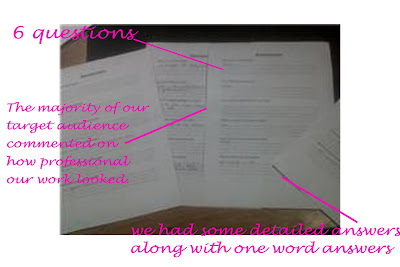
These people were also mainly our target audience as they were mostly our age with similiar interests and definiately a passion for this music genre. Our most popular piece of feedback was how intense the video is showing how the narrative really grabs them to want to watch more.
We also filmed our target audience giving us feedback to questions we asked. We added our song as a backing track. We also used sections of the music video in the evaluation to use as evidence once the comment has been made.
Here is some further feedback that we acheived in an interview format, producing a feedback video:
Click here for our group video on our audience feedback!
Question 2
Our coursework is based around the brief to create a music video and 2 ancillary tasks to promote the video and artist. We chose to design a magazine advertisement and a digipak for the Artist we represented in our main task; the video. The artist is the main focus which makes it important that they are portrayed to compliment or emphasise their individual star image.
It is clear to see the continuity of the imagery in the video, advert and digipak in this side by side image.
The dull, dark images of the artist in our ancillary tasks represents his lack of happiness in his relationship and also in life. The lack of colour also represents lack of emotion. These moods have also been shown in the video, digipak and the magazine advertisement.
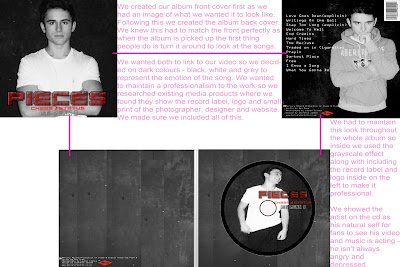
Throughout all of our products from our video to the inside of our album we tried to maintain a brand identity. A brand identity is to represent our artist's values, services, ideas and personality. A consistent and well-positioned brand can do our advertising, it can generate loyalty from your customers.
Wouldn't you think of brand identity as just a logo?
Maybe that's how it starts out for most companies across all different types of businesses but for us it goes way beyond being ‘just a logo'. Obviously, there can be a logo, a distinctive font and colour scheme, but it's how we choose them and pull them all together that sets us apart.
We aimed to create this brand identity for our artists through all our products. I think we have done this as a team making sure everything relates; we used our target audience for feedback.
When showcasing our final cut to our target audience we asked the audience to fill out a questionnaire. One of the questions asked 'Do you think our ancillary tasks linked to our video?".
Question 1
After our video was finally completed we uploaded it to our blog and gathered everyone in our media room to watch it. As far as we could see they were all enjoying it and they all commented on how professional it looked.
The conventions that we used in our video are;
Technical aspects
Star image
A narrative performance
In conclusion I think music videos would not have the power to attract without:
Lip syncing/ close ups/ accurate editing/ camera movements that enhance the music/ a clear interpretation and amplification of the lyrics/ iconographic mise en scene.
I am going to look at some of my favourite shots from the video and analyse how we encorporated these conventions into our final product!
As you can see from the printscreens below, we aimed to correlate our video with the name of the song, 'Pieces'. Throughout our video we based it around the idea of 'pieces' of a puzzle, where our main character would find the pieces and put together a puzzle which he solves to discover his lover is cheating with another man, his bestfriend.
When we created our storyboard for the music video, we considered what the lyrics meant as a group before deciding what the music video was even going to be about. Therefore, it was important for us to emphasise the name of the song in the video.
In this particular part of the music video we have desaturated the shots because the shot is meant to show an activity of the past. The shot shows a photo which by changing the shot to be in black and white it makes it seem dated. We also added a flash and changed our moving film into a still image.
Throughout the video we ensured that the audience are 'hearing what they're seeing'. Therefore we made the editing of the video show this. The song 'Pieces' has changes of pace throughout which meant the pace of the editing changed dramtically throughout. The begining of the song presents a slow place, therefore the use of dissolve transistions such as cross disolves empasised the slow editing. The cross dissolves when the song commences suggests the shot is a flashback.
However the postion and body language of the characters indicates that his memory only allows him to remember the less happier times of their relationship. The quick short cuts created a intense situation, this is also emphasised by the use of the strobe light.
Desaturation of our opening shot at the beginning of the scene emphasies the mood of the artist, creating a dull atmosphere. The lighting was a techincal aspect to our music video; the use of the strobe light, linked with the pace of the music, creating a frantic atmosphere.
Plan B
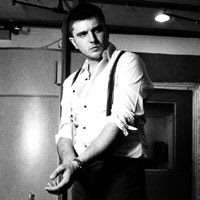
Hip Hop: an urban youth culture associated with rap music and the fashions of African-American residents of the inner city.
Grime: is a genre of urban music which first emerged in Bow, East London, England in the early 2000s, primarily a development of UK garage, dancehall, and hip hop.
Plan B believes that the public are wary of approaching him after viewing his violent film roles. Speaking to FHM about his villainous part in 2009 British crime drama Harry Brown, the 'Prayin' singer said: "It's my job to make the audience hate me. And it's much easier to make people hate you than like you." He added that critical reaction to his first album, 2006's Who Needs Actions When You Got Words, had contributed to this perception.
"People find me unapproachable and are intimidated by what's written about me. It's just playing on that, it's f**king easy for me."
Chase and Status
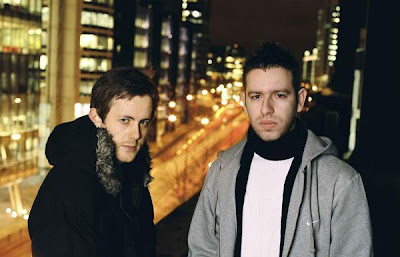
Chase & Status have had three number one tracks on the UK Dance Chart in 2007 with the double A-side "Hurt You"/"Sell Me Your Soul", and in 2008 with "Take Me Away"/"Judgement (Informer)". On 5 October 2008, they reached number 70 on the national singles chart and number one on the UK Dance Chart again with their single "Pieces" featuring vocals by Plan B.
In 2009, they made number 45 with "Against All Odds" which featured UK rapper Kano.
Chase & Status' first album, More Than Alot, debuted in the UK album charts at number 49 on 19 October 2008 and entered the UK dance album chart at number 2.
Their album More Than Alot received the Best Album Award at the 2009 Drum and Bass awards, Birmingham, UK.
Following the success of their last album the band wanted to gain a more global success. After meeting with a long time favourite of theirs, Cloud9, they decided to move in a different direction. Together they agreed that the band should do more pop collaborations in order to achieve a more mainstream fanbase. Soon afterwards they quickly began working on the album. On 8 November 2009, the duo entered the UK Top 40 for the first time with the track "End Credits". The track was released on 2 November 2009 and featuring British musician Plan B managed to reach a peak of number 9 on the UK Singles Chart. The single was written for the movie Harry Brown, which also starred Ben Drew, aka. Plan B.
Genres:
Drum and Base: is a type of electronic dance music which emerged in the mid 1990s. The genre is characterized by fast breakbeats (typically between 160–190 bpm, occasional variation is noted in older compositions), with heavy bass and sub-bass lines. Drum and bass began as an offshoot of the United Kingdom rave scene of the very early 1990s. Over the first decade of its existence, the incorporation of elements from various musical genres led to many permutations in its overall style.
Breakbeat (sometimes breakbeats or breaks): is a term used to describe a collection of sub-genres of electronic music, usually characterized by the use of a non-straightened 4/4 drum pattern (as opposed to the steady beat of house). These rhythms may be characterised by their intensive use of syncopation and polyrhythms.
Dubstep: is a genre of electronic dance music that originated in South East London. Its overall sound has been described as "tightly coiled productions with overwhelming bass lines and reverberant drum patterns, clipped samples, and occasional vocals".
Liquid funk (alternatively, Liquid Drum & Bass or Liquid): is a sub-genre of drum and bass. While it uses similar basslines and bar layouts to other styles, it contains fewer bar-oriented samples and more instrumental layers (both synthesized and natural), harmonies, and ambience, producing a calmer atmosphere directed at both home listeners and nightclub audiences.
